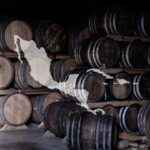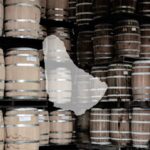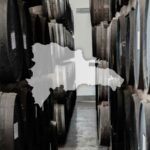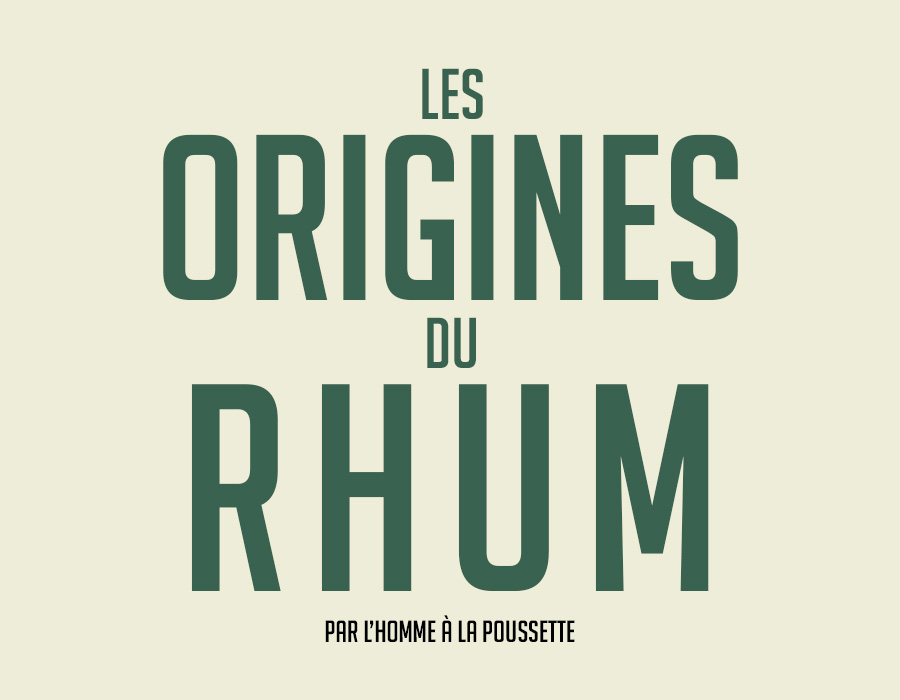Saint Lucia rum, get to the bottom of the bottle
Why does a rum from Saint Lucia develop this aromatic profile? Let’s go from the bottle to the cane to find out.
For you – and for many others – the Caribbean, in all its diversity, is at the center of the world’s rum production.
Martinique, Barbados, Guadeloupe and Trinidad – these are all origins you’ve already studied, and although you haven’t mastered them, you know the basics of the cane distillates that originate there.
Another island in the region catches your eye, just south of the Isle of Flowers: Saint Lucia.
Wouldn’t this be a good excuse to pay a visit to your wine specialist? You think so (oh surprise!).
The route – which you know by heart – is quickly dispatched and here you are among the shelves covered with bottles of rum. You just love this place!
You don’t beat about the bush: “Dear wine merchant, do you have any rums from Saint Lucia?
To answer this rhetorical question, he guides you to one of the shelves and (in the absence of rum) showers you with words like: unique distillery, variety of stills, English tradition, range of brands, diversity of styles…
As you leave your favorite shop, you almost think that the two bottles in your bundle might not be enough to show you the aromatic range of rums from Saint Lucia.
As soon as you return home, two tasting glasses appear almost miraculously on your table, filled with the contents of your new acquisitions.
One of them is fragrant, just as your wine merchant had explained earlier. You begin your tasting with the other (and temporarily remove the second).
Balanced and quite expressive, it greets you with aromas of dried fruit, spices, tobacco, chocolate and vanilla. The whole is resolutely greedy (and not without a hint of freshness) but seems dry, which is confirmed on the palate. The finish is even slightly drying, and the walnut shows the tip of its kernel.
Relatively complex, it takes you out of your comfort zone without really pushing you. You’ll go so far as to think that there’s more behind this profile than a single, well-executed aging process, while leaning towards molasses as far as the raw material is concerned.
A fine analysis indeed.
The uniqueness of Saint Lucia Distillers (the name given to the island’s only distillery) lies in the variety of styles that can be produced (rather like Guyana).
While molasses (from Panama, Brazil and Mexico, for example, and imported to the island) is used for the most part, the distillery has a few cane fields around their facilities, enabling them to process fresh cane juice. This juice can then be added to certain blends.
Fermentation, which generally lasts a full day and a half, is carried out using different types of yeast (three different strains), depending on the desired result.
What’s more, this transformation of sugars into alcohol (and the creation of aromas) takes place partly in… concrete vats. Where most producers use stainless steel or even wooden vats, this is a “detail” that can have its importance.
Now for the big part: the four distillation units. Their varied natures enable the creation of very different distillates.
Most of the production is handled by a double column. Its role is clearly to produce volume. A bit like Central American rums, the distillate that comes out of it can reach 95% alcohol, which means it won’t have much taste (except for that of ethanol). As you know, this means a lot of wood and barrel aromas during maturation.
Three discontinuous distillation stills make up the rest of the fleet.
A Vendôme (previously owned by Trinidad Distillers Limited) will run a juice with dark accents of licorice, leather, spices, brown sugar and empyreumatic, ashy notes. This is the least productive.
The rest of the trio is made up of two John Dore stills, originally called… John Dore 1 and John Dore 2. The latter has more than ten times the capacity of the former. It is on the latter that the pure juice is distilled.
Both, in different registers, bring a great deal of aromatic intensity, including fruit galore. If blending is to take place, it will be necessary to be sparing in incorporating the distillate from these two, otherwise the other components will be overwhelmed.
There’s still one stage during which the aromatic profile will be influenced: ageing. Here again, Saint Lucia Distillers has plenty to choose from, since the distillery uses five types of cask: ex-bourbon (mostly), ex-porto, ex-red wine, ex-white wine and ex-brandy (wine brandy).
Add to this the fact that their cellars house around 10,000 barrels, and it’s easy to see that SLD has plenty to experiment with and plenty to enjoy.
To sum up: 2 raw materials, 3 yeasts, 4 stills and 5 types of barrel. The possibilities are already impressive, but add the usual choices of fermentation time or ageing duration and the field of possibilities expands even further. And now, think blending!
For it is the know-how and potential of blending that makes Saint Lucia rums so rich. It’s thanks to blending that St. Lucia Distillers has been able to create such diverse brands as Chairman’s Reserve, Admiral Rodney and Santa Lucia 1931.
You now move on to the second rum, which has had time to air out, which is far from calming its intensity.
Exotic fruits, cocoa, a burnt facet, vanilla, a touch of glue and a quarter of green olive form an explosive blend. In the mouth, it reveals its power and concentration, leaving a lasting impression on the palate.
Since you paid close attention when you read the beginning of this article, you’ll understand that this is a rum where the column distillate does not enter the blend. The result is a distinctive spirit that won’t appeal to everyone, but will be snapped up by some connoisseurs.
References such as this will not be found in the classic brand range, but in special editions in partnership with wine merchants, distributors or bottlers.
Now that you know (or almost know) all about rums produced in Saint Lucia, it’s up to you to form your own palate and preferences.














